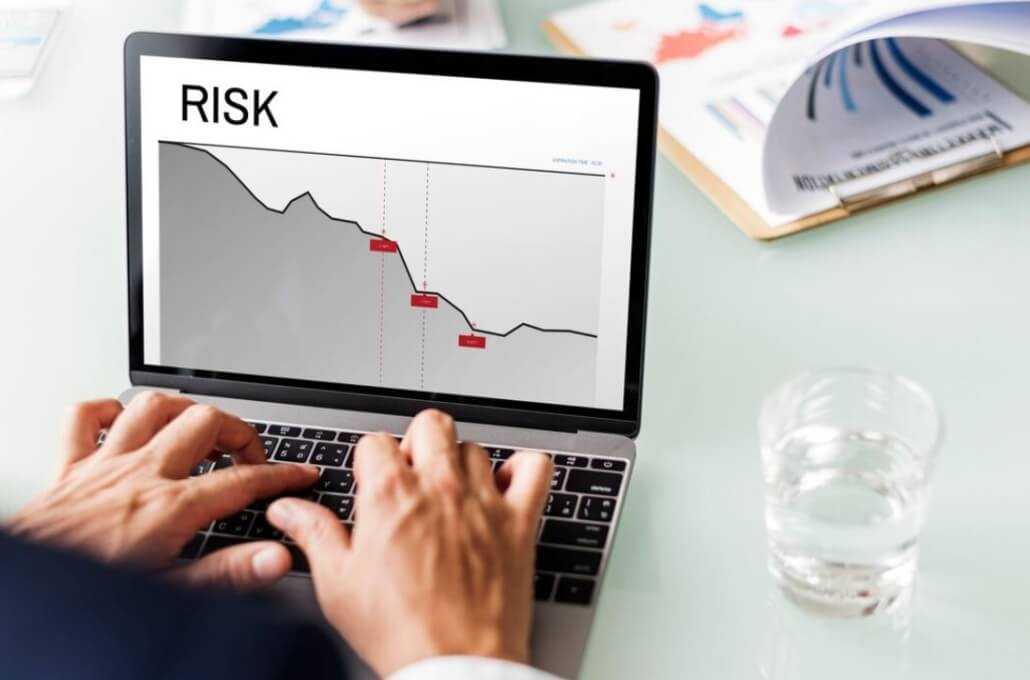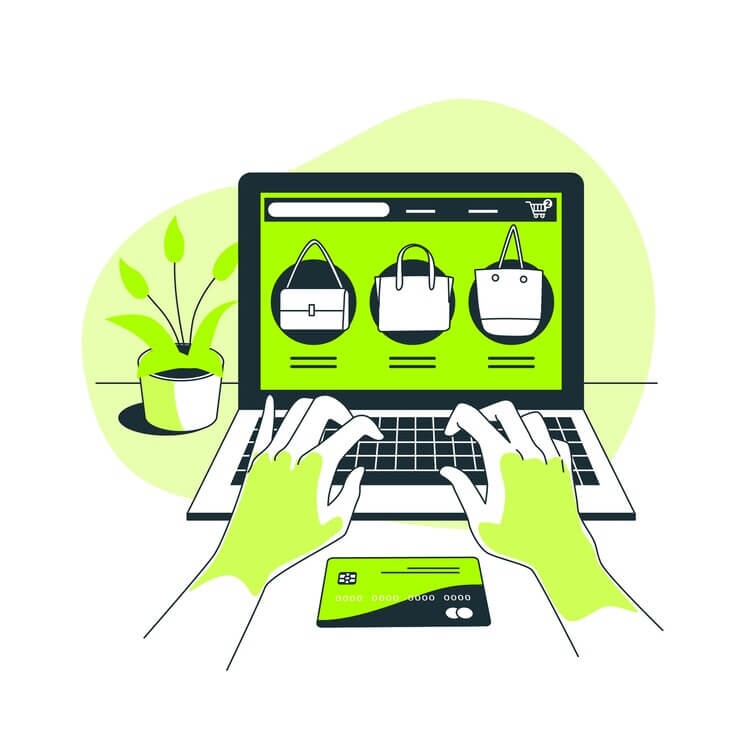

What Does Medium Risk Credit Mean for Your Business Finances?
Medium risk credit plays a crucial role in determining a business’s financial flexibility and borrowing potential. Positioned between high and low-risk credit classifications, it signals to lenders that while a business is not in financial distress, it does pose some level of risk. This classification impacts loan approvals, interest rates, and overall financial opportunities.
VELLIS NEWS
31 Mar 2025
By Vellis Team
Vellis Team
Automate your expense tracking with our advanced tools. Categorize your expenditures
Related Articles

Vellis News
31 March 2025
Maximizing Your Profits with the Right Ecommerce Merchant Services
In today’s fast-paced digital marketplace, ecommerce merchant services are essential for businesses looking to provide seamless, secure, and flexible payment solutions.

Vellis News
31 March 2025
Shielding Your Business and Customers: Fraud Protection Strategies for High-Risk Payment Processing
High-risk businesses, from industries like firearms and nutraceuticals to telemedicine and dating services, face greater exposure to fraud. This makes effective fraud prevention a top priority. High risk payment processors USA offer specialized services to safeguard these companies.

Vellis News
27 March 2025
Best Techniques to Stop eCommerce Fraud
Fraud costs online businesses at least three billion dollars every year. The number seems to be increasing in the recent times. This means that companies should focus on protecting themselves at all costs. Here are some practices that will help prevent fraud in your online store and will help you to stop eCommerce fraud.
Understanding what does medium risk credit mean can help businesses make informed financial decisions, improve their credit standing, and gain better access to funding.
Key Takeaways
- Medium risk credit reflects a fair but not perfect credit history. Businesses in this category have some financial stability but may face occasional payment issues or moderate debt levels.
- Businesses with medium risk credit can still qualify for loans and credit lines, but they may face stricter terms, higher interest rates, and lower credit limits compared to low-risk borrowers.
- To categorize a business’s credit risk, lenders assess payment history, debt levels, and credit utilization. Timely payments and responsible debt management can improve credit status.
- Medium risk businesses typically face higher borrowing costs, increasing repayment amounts and impacting cash flow. Improving creditworthiness can help reduce these expenses.
- Businesses can move from medium to low-risk credit by maintaining on-time payments, reducing outstanding debt, and managing credit utilization effectively.
Understanding Medium Risk Credit
Medium risk credit indicates a fair but not stellar credit history. Businesses or individuals in this category generally meet their debt obligations but may have occasional late payments or moderate debt levels that raise concerns for lenders.
Companies with medium risk credit still qualify for loans and credit lines, but often with stricter terms and higher interest rates compared to low-risk borrowers. Unlike high-risk credit holders, who face severe challenges in securing financing, those classified as medium risk are still considered viable borrowers.
For businesses, understanding what does medium risk credit mean is crucial in planning financial strategies, managing debt, and improving their overall creditworthiness. This classification also plays a role in securing offshore payment gateway solutions or choosing the best merchant account for high-risk eCommerce ventures.
How Medium Risk Credit Differs from High and Low-Risk Credit
Grasping what does medium risk credit mean helps businesses navigate their financial landscape effectively. It determines access to credit, loan terms, and interest rates. Here’s how it compares:
| Credit Risk Level | Interest Rates | Loan Access |
|---|---|---|
| High Risk | Highest rates | Difficult to secure loans |
| Medium Risk | Moderate rates | Available but with less favorable terms |
| Low Risk | Lowest rates | Easy access to credit with the best terms |
Businesses with medium risk credit may not receive premium rates but still have financing options. High-risk borrowers, on the other hand, struggle with approvals due to poor credit histories or excessive debt. By improving financial habits, businesses can transition from medium risk to low risk, gaining better financial opportunities.
The Impact of Medium Risk Credit on Business Finances
Medium risk credit affects financial flexibility. It can limit access to loans and credit lines, increase borrowing costs, and require additional financial planning.
Access to Loans and Credit Lines
Lenders assess medium risk borrowers carefully. While they still qualify for loans, they may face restrictions, such as lower credit limits or the need for collateral. Banks prioritize low-risk clients for favorable terms, meaning medium risk businesses might have fewer funding options.
Higher risk perception leads some financial institutions to limit access to unsecured loans. Companies operating with offshore high-risk merchant accounts or high-risk payment gateways encounter similar obstacles in securing funding.
Higher Interest Rates Compared to Low-Risk Credit
Borrowing costs are a significant challenge for medium risk businesses. Since lenders view them as somewhat risky, they impose higher interest rates than those offered to low-risk borrowers. This translates to increased repayment amounts over time, impacting cash flow and profitability.
Companies using high-risk payment gateways, such as those in IPTV services or other flagged industries, also face these financial pressures. By improving creditworthiness, businesses can lower interest rates and reduce overall borrowing costs.
Factors That Determine Medium Risk Credit
Several factors influence whether a business falls into the medium risk category. Understanding and managing these aspects can help improve financial standing.
Payment History
Timely payments are critical for maintaining good credit. A history of missed or late payments negatively impacts credit scores, pushing businesses toward the medium or high-risk categories.
Establishing a pattern of consistent, on-time payments signals reliability to lenders. Even a few late payments can contribute to a medium risk classification, making it essential to track due dates and automate payments when possible.
Debt Levels and Credit Utilization
Lenders evaluate how much debt a business carries relative to its income and credit limits. High debt levels indicate potential financial strain, increasing risk perception.
Credit utilization, or the percentage of available credit used, also plays a role. Keeping utilization below 30% demonstrates responsible financial management. Businesses that rely too heavily on borrowed funds risk slipping into the high-risk category.
A common concern is what does medium risk credit mean for debt management? Simply put, it suggests a need to balance borrowing with steady repayment habits to maintain financial stability.
Strategies to Manage and Improve Medium Risk Credit
Businesses in the medium risk category can take proactive steps to improve their credit rating and secure better financial terms.
Consistent On-Time Payments
Regular, timely payments are one of the most effective ways to improve credit scores. Late payments not only increase financial risk but can also result in penalties and higher interest rates.
To ensure consistency:
- Set up automatic payments for recurring bills.
- Keep track of due dates with financial management tools.
- Communicate with lenders if a payment delay is unavoidable.
Improving payment habits can shift a business toward low-risk credit status, making it easier to obtain favorable loan terms.
Reducing Outstanding Debt
Lowering debt levels helps businesses improve credit utilization and financial standing. Strategies include:
- Prioritizing high-interest debt repayment.
- Negotiating better payment terms with creditors.
- Consolidating debt to simplify repayment and reduce costs.
For businesses handling offshore high-risk payment gateways, reducing debt can enhance financial flexibility. Lower outstanding balances contribute to a stronger credit profile and improved borrowing conditions.
Conclusion
Understanding what does medium risk credit mean is essential for businesses seeking financial growth. While it presents challenges, such as higher interest rates and restricted loan options, it also provides opportunities for improvement.
By maintaining timely payments, managing debt levels, and reducing credit utilization, businesses can enhance their credit profile. Transitioning from medium to low-risk credit unlocks better financing options, reduced costs, and greater financial stability.
Businesses navigating medium risk credit should focus on financial discipline, strategic debt management, and maintaining a strong payment history. With these efforts, they can improve their credit standing and gain access to more favorable financial opportunities.
FAQs
1. What does medium risk credit mean for my business?
Medium risk credit means your business has a fair credit standing but may not qualify for the best loan terms. While you can still secure financing, expect slightly higher interest rates and stricter lending conditions. Improving your credit score can help reduce these limitations.
2. How can I improve my business’s medium risk credit rating?
To improve your medium risk credit rating, focus on making timely payments, reducing outstanding debt, and keeping your credit utilization low. Establishing strong financial management practices will gradually enhance your creditworthiness.
3. Can I still get a loan with medium risk credit?
Businesses with medium risk credit can still obtain loans and credit lines. However, lenders may impose higher interest rates or require collateral. Exploring alternative financing options, such as secured loans or business credit-building programs, can improve loan accessibility.
References
Experian. Understanding Credit Risk: How Lenders Evaluate Your Business. 2023. Available at: https://www.experian.com/business/credit-risk
Federal Reserve Board. The Role of Credit Risk in Small Business Lending. 2023. Available at: https://www.federalreserve.gov/smallbusiness-credit
Moody’s Analytics. Credit Risk Assessment: Key Factors for Businesses. 2023. Available at: https://www.moodysanalytics.com/credit-risk

Ready to transform your financial management?
Sign up with Vellis today and unlock the full potential of your finances.
Related Articles

Vellis News
31 March 2025
Unveiling the Criteria for Identifying High-Risk Merchants
Finding the right payment processor can be a headache for high-risk businesses. You need to find a processor that has tried and tested fraud prevention and risk management strategies. A good processor lets you grow your business despite being in a high-risk landscape.

Vellis News
31 March 2025
How to Select the Best E-Commerce Solutions Provider for Your Business
Choosing the right e commerce solutions provider is essential for businesses looking to thrive in the online marketplace. From seamless payment integration to scalable platforms, the right provider ensures smooth transactions, secure payment processing, and a tailored shopping experience for customers.

Vellis News
5 March 2025
How to Choose a Payment Processor
Having the right payment processing partner is crucial for smooth transactions and business growth. When choosing a payment processor, consider features like seamless checkout, online payment support, subscription management, and in-person payment options. These factors ensure a reliable and efficient payment experience for both businesses and customers.
We use cookies to improve your experience and ensure our website functions properly. You can manage your preferences below. For more information, please refer to our Privacy Policy.
© 2025 Vellis Inc.
Vellis Inc. is authorized as a Money Services Business by FINTRAC (Financial Transactions and Reports Analysis Centre of Canada) number M24204235. Vellis Inc. is a company registered in Canada, number 1000610768, headquartered at 30 Eglinton Avenue West, Mississauga, Ontario L5R3E7, Canada.
